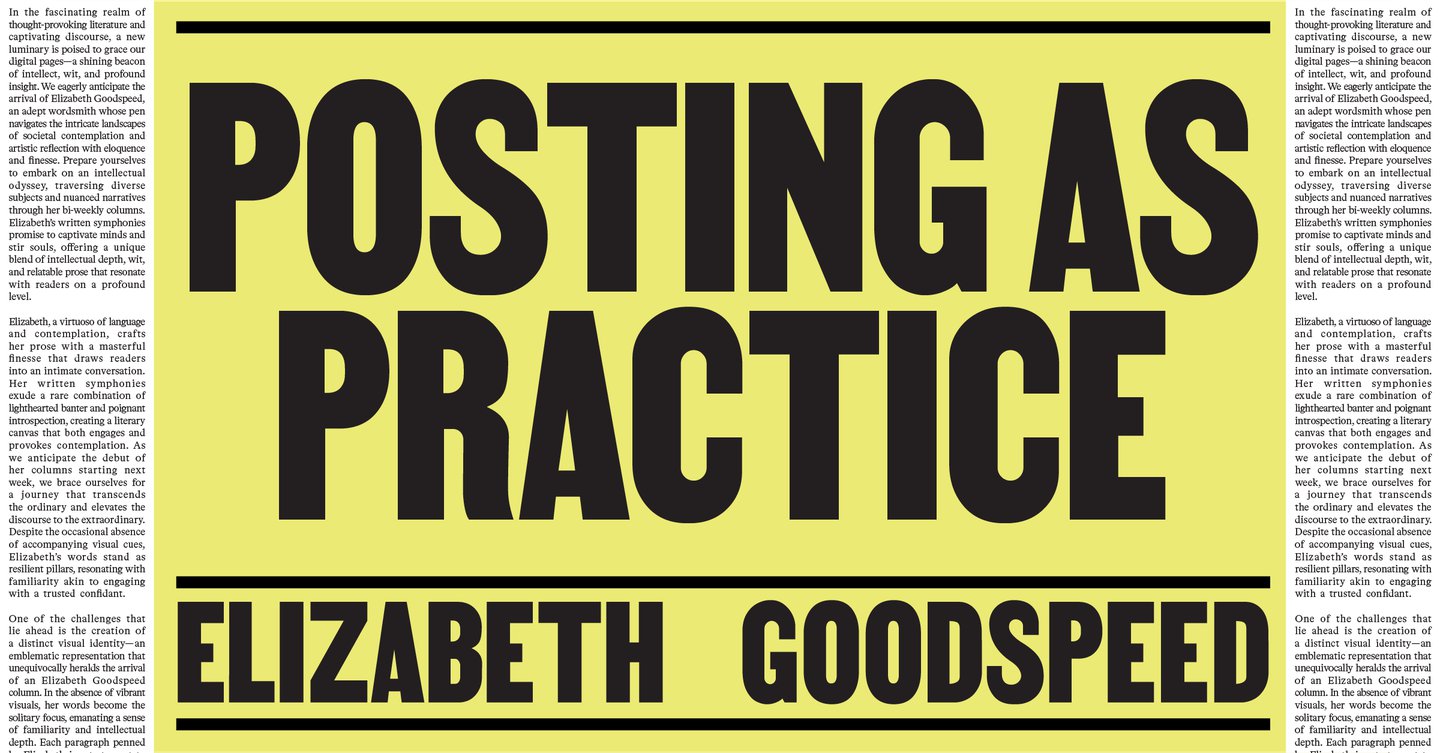We all want to believe that the only thing that matters in design is work itself. And for a long time, that was more or less true (or at least easier to believe). In the early 20th century, the work of visual communication was largely split between commercial artists, illustrators, and printers. It wasn’t until the postwar period, driven by mass consumerism and corporate expansion, that graphic design began to solidify into its own discipline. Early modernist figures like Massimo Vignelli, Josef Müller-Brockmann, and Paul Rand (the closest person our industry has to Don Draper), operated within the cultural posture of architects and academics: method-driven system-builders and rational problem-solvers. They were public in a professional sense, via publishing, teaching, or speaking, but not quite public personalities. They could show up in an AIGA Journal photograph, but otherwise mostly stayed behind the curtain.
By the 1980s, the designer and their work were becoming more entangled. In contemporary art, the artist had become the subject. Chris Burden and Marina Abramović used their bodies as instruments in performance, Cindy Sherman staged elaborate self-portraits, and Nan Goldin exhibited photographs of her intimate circle in gallery settings. Meanwhile, celebrity talk shows, lifestyle brands, and self-promotion as entertainment were entering the mainstream. Design absorbed some of that same ethos, giving designers room to position themselves as cultural figures rather than just technicians. Tibor Kalman used Colors magazine to push his personal politics, while April Greiman layered her nude body into an early digital composition for Design Quarterly. If the early modernists sold method and mastery, this next wave began inserting personal stakes more clearly; client briefs still set the parameters, but designers were claiming more space within them.
When Stefan Sagmeister launched Sagmeister Inc. in 1994, he announced it with a photo of himself wearing only socks, plus a black redaction bar which implied that starting his own studio had given him a bigger dick. 1990s misogyny aside, the image captured where design culture was tilting: hiring a designer meant buying into their mythology as well as their output. Five years later, for an AIGA conference poster, Sagmeister had an intern carve the event details directly into his torso with an X-Acto knife and photographed the result. Eat your heart out, April Greiman – this was pure exhibitionism, designed to shock. James Victore built a parallel persona around outlaw bravado and brooding masculine genius; Neville Brody positioned himself as a renegade theorist, merging experimental typography with academic weight. These were auteur figures with a rockstar attitude. The client still signed the check, but the designer’s name was part of the product.
In 2012, when Jessica Walsh joined Sagmeister as partner to form Sagmeister & Walsh, he marked the occasion with another naked photo (quelle surprise). But in 2012, the duo added something new: a 24/7 livestream of their office on the studio website. You could now watch interns eating lunch and designers standing at the plotter in real time. In 2019, Public Works launched a similar livestream project, with a different creative team streaming their workspace each month. The studio itself had become the site of ongoing performance, collapsing personal life, process, and promotion into a self-reinforcing brand.
